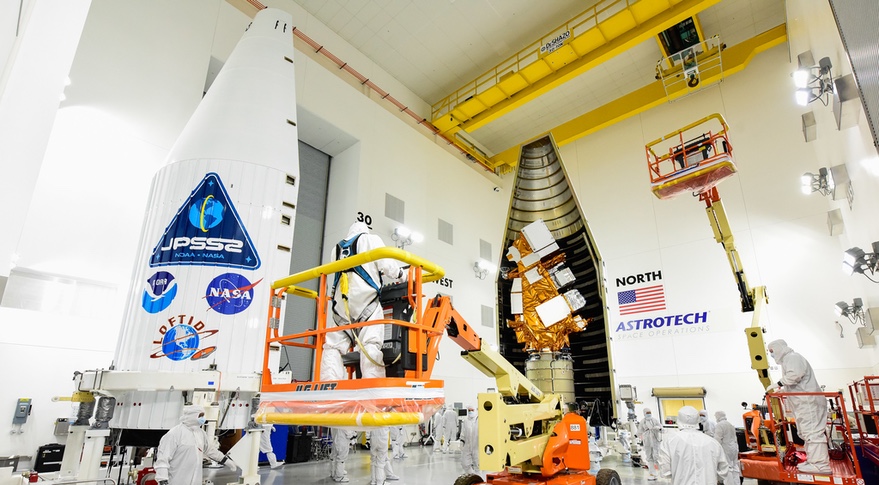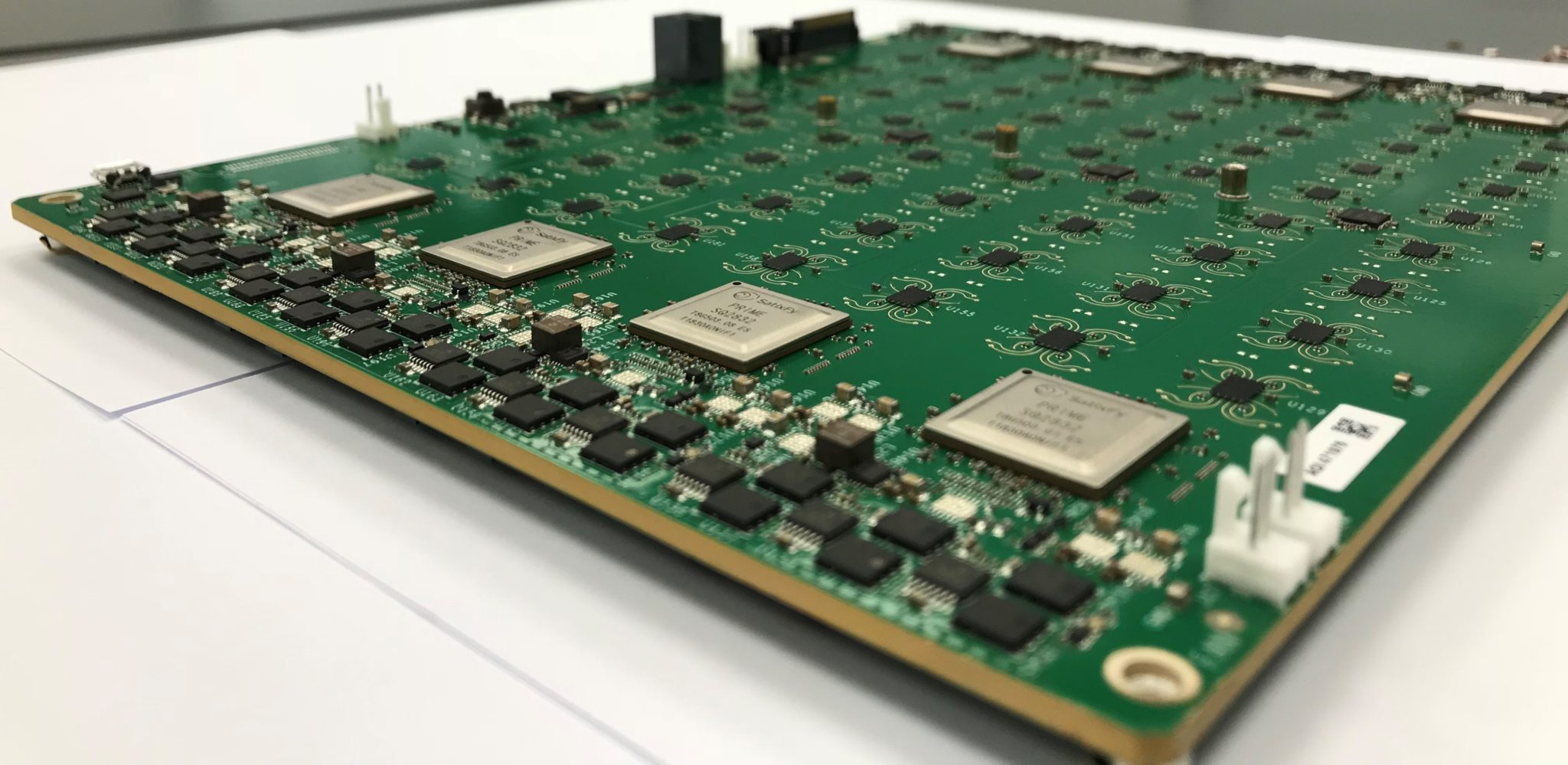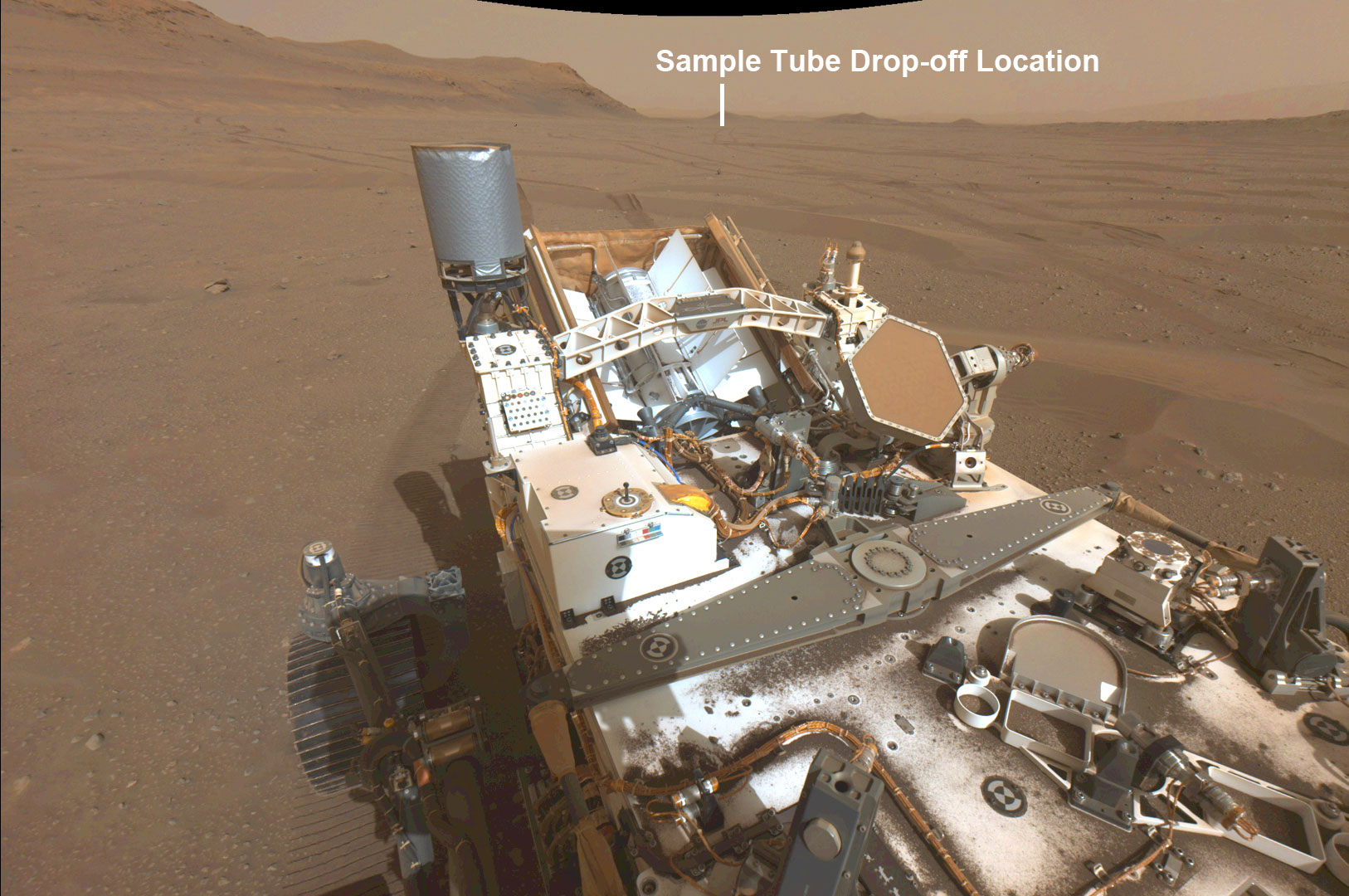For U.S. Space Force, Raymond’s retirement marks the end of an era
Original Publication Date: 2022-10-30 09:01

Gen. John “Jay” Raymond will relinquish command to Gen. B. Chance Saltzman. Defense Secretary Lloyd Austin is scheduled to attend the change-of-command ceremony. As the first official member of the new service, Raymond had to start building it from the ground up.
Centaur issue delays JPSS-2 launch
Original Publication Date: 2022-10-29 23:04

The launch of a polar-orbiting weather satellite will be delayed more than a week. A battery problem with the upper stage of their rocket will delay the launch to at least Nov. 9. The launch, the 100th in NASA’s Launch Services Program, will be the final Atlas 5 mission.
Psyche launch rescheduled for October 2023
Original Publication Date: 2022-10-29 04:24

NASA says Psyche will launch on a Falcon Heavy during a launch window that opens Oct. 10, 2023. The spacecraft will arrive at the asteroid in August 2029. Psyche was originally scheduled to launch in August, but was delayed. Engineers encountered problems combining elements of the testbed from Jet Propulsion Laboratory.
Constellation antenna provider SatixFy goes public after SPAC merger
Original Publication Date: 2022-10-28 20:45

SatixFy started trading publicly Oct. 28 after its stock listing overcame waning investor interest. SatixFy listed on the New York Stock Exchange following its merger with Endurance. CEO David Ripstein: Being a public company creates “significant value and transparency”
NASASpaceFlight.com
OneWeb has resumed deployment of its satellite constellation with the launch of 36 satellites aboard India’s GSLV Mk.III rocket. The mission – which marks the first commercial launch for the GSLV – lifted off from the Satish Dhawan Space Centre on Sunday, Oct. 23.
International Archives
The China Aerospace Science Corporation (CASC) successfully launched the classified Shiyan-20C satellite to low Earth orbit. This is the 147th orbital launch attempt in 2022 worldwide. While no official records are kept, this is the greatest number of orbital launch attempts made in any year ever.
ISS Updates – Spaceflight101 – International Space Station

The two spacewalkers worked for nearly six hours on Friday to finish the restoration of the Station’s Mobile Servicing System. The restoration of the Mobile Servicing System started last year and continued in January to provide Canadarm2 with a new pair of grappling hands.
Featured – Spaceflight101

SpaceX Falcon 9 took to the skies over Florida’s Cape Canaveral Monday afternoon. Falcon 9 lifted a flight-proven Dragon spacecraft into orbit for a critical delivery of science gear, supplies and maintenance hardware. First of at least six cargo ships inbound to the U.S. Segment of ISS this year.
News – Spaceflight101

Russia's Rockot booster is set to blast off from the Plesetsk Cosmodrome at 17:57 UTC on Wednesday with the Sentinel-3B multi-function satellite. The rocket will carry the multi-function Sentinel-3B satellite with a Russian-built booster.
Re-Entry: Long March 11 Rocket Body – Spaceflight101

The CZ-11 fourth stage used leftover propellant for a partial de-orbit maneuver, lowering its perigee to 120 Kilometers to significantly accelerate its orbital decay. The upper stage of a Long March 11 rocket re-entered the atmosphere on April 29, 2018 after only three days in orbit.
Haunting Portrait: NASA’s Webb Reveals Dust, Structure in Pillars of Creation

The Pillars of Creation are set within the vast Eagle Nebula, which lies 6,500 light-years away. This scene was first captured by NASA’s Hubble Space Telescope in 1995 and revisited in 2014. As a result of the new MIRI image, astronomers now have higher-resolution data in mid-infrared light than ever before.
NASA’s Lunar Flashlight Ready to Search for the Moon’s Water Ice

Lunar Flashlight will be the first mission to use a four-laser reflectometer to look for water ice on the Moon. The reflectometer works by using near-infrared wavelengths that are readily absorbed by water to identify ice on the surface. It’s thought that molecules of water come from comet and asteroid material impacting the lunar surface, and from solar wind interactions with the lunar regolith.
NASA Continues Psyche Asteroid Mission

NASA announced Friday the agency decided its Psyche mission will go forward. Earlier this year, Psyche missed its planned 2022 launch period as a result of mission development problems. An internal review of whether the mission would be able to overcome these issues to successfully launch in 2023.
NASA and ESA Agree on Next Steps to Return Mars Samples to Earth

The next step in the unprecedented campaign to return scientifically selected samples from Mars was made on Oct. 19 with a formal agreement between NASA and its partner ESA. The two agencies will proceed with the creation of a sample tube depot on Mars. The sample depot, or cache, will be at “Three Forks,” an area located near the base of an ancient river delta in Jezero Crater.
NASA’s InSight Lander Detects Stunning Meteoroid Impact on Mars

The InSight lander recorded a magnitude 4 marsquake last Dec. 24. Scientists determined the quake resulted from a meteoroid impact when they looked at before-and-after images from NASA’s Mars Reconnaissance Orbiter. The impact, in a region called Amazonis Planitia, blasted a crater roughly 492 feet (150 meters) across.
Methane ‘Super-Emitters’ Mapped by NASA’s New Earth Space Mission

NASA’s Earth Surface Mineral Dust Source Investigation (EMIT) mission is mapping the prevalence of key minerals in the planet’s dust-producing deserts. EMIT has demonstrated another crucial capability: detecting the presence of methane, a potent greenhouse gas. In the data EMIT has collected since being installed on the International Space Station in July, the science team has identified more than 50 “super-emitters” in Central Asia, the Middle East, and the Southwestern United States.
Edward Stone Retires After 50 Years as NASA Voyager’s Project Scientist

Linda Spilker will succeed Stone as Voyager’s project scientist. Jamie Rankin, a research scientist at Princeton University, has been appointed deputy project scientist. The twin Voyager spacecraft launched in 1977, on a mission to explore Jupiter and Saturn. Voyager 1 continued its journey out of the solar system, while Voyager 2 continued on to Uranus and Neptune.
